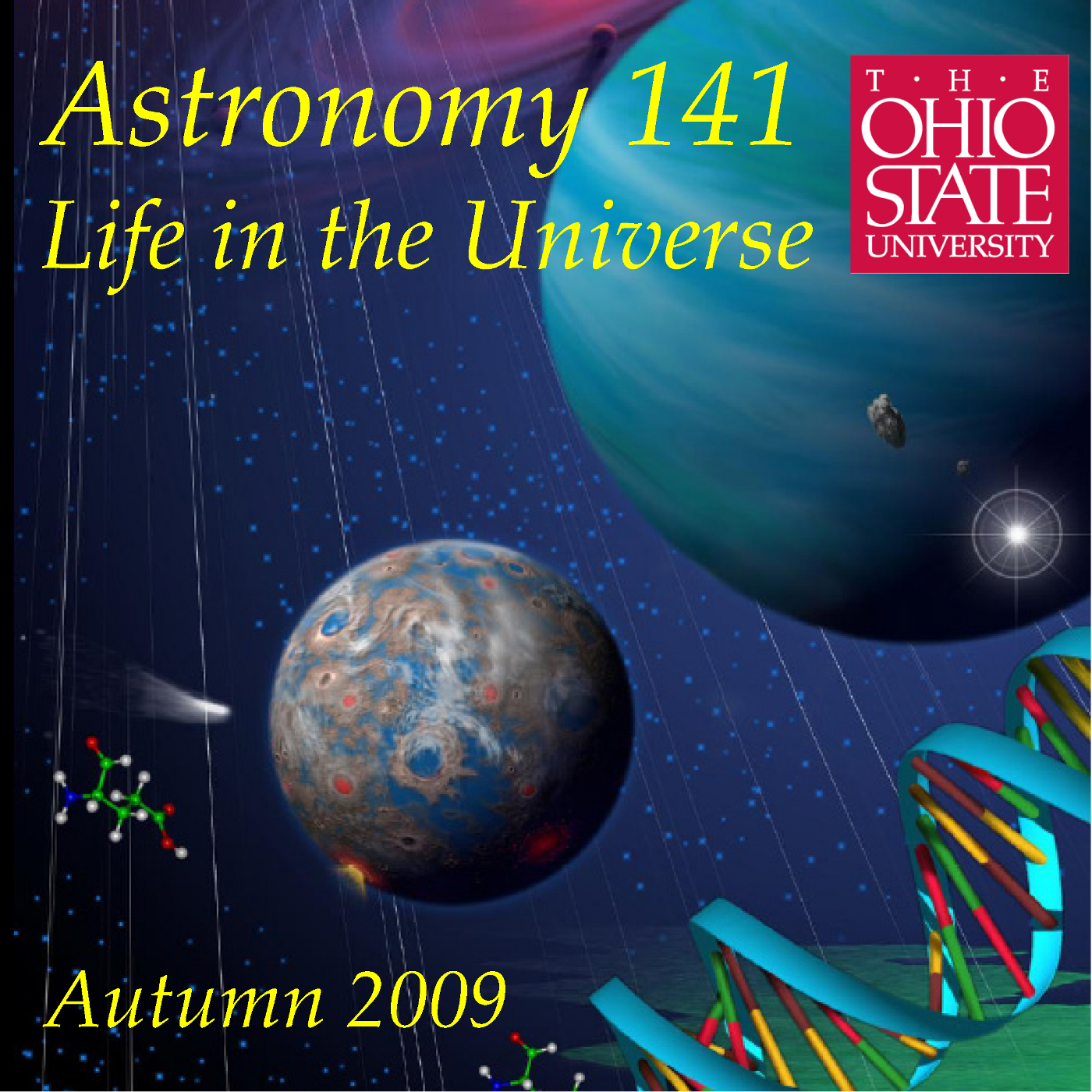Lecture 41: Interstellar Travel and Colonization

If we ever detect life elsewhere, how will we go visit? This lecture\nconsiders the challenges of interstellar travel and colonization. The\nproblem is one of basic physics (the enormous energy requirements of\nstar flight) coupled with the vast, irreducible distances between the\nstars. I will describe various starship concepts that use reasonable\nextrapolations of current technologies (nuclear propulsion and solar\nsails), ignoring for our discussions science-fiction exotica like\nfaster-than-light drives and wormholes. My interest is in the\nscientific aspects of the problem, not an exploration of speculative\nfiction. I then turn to interstellar colonization, and how even\na relatively modest star-flight capability might allow a determined\ncivilization to colonize the entire galaxy very rapidly. This has\nimplications for how we might interpret the results of Drake Equation\ntype arguments about the frequency of intelligent life in the Galaxy,\nand leads to the Fermi Paradox that will be the topic of the next\nlecture. Recorded live on 2009 Nov 25 in Room 1005 Smith Laboratory on\nthe Columbus campus of The Ohio State University.